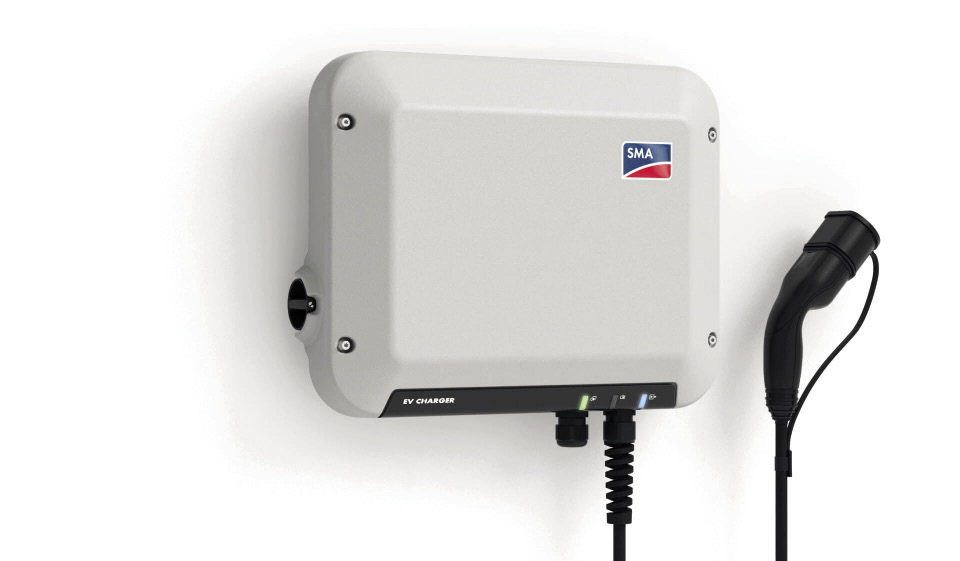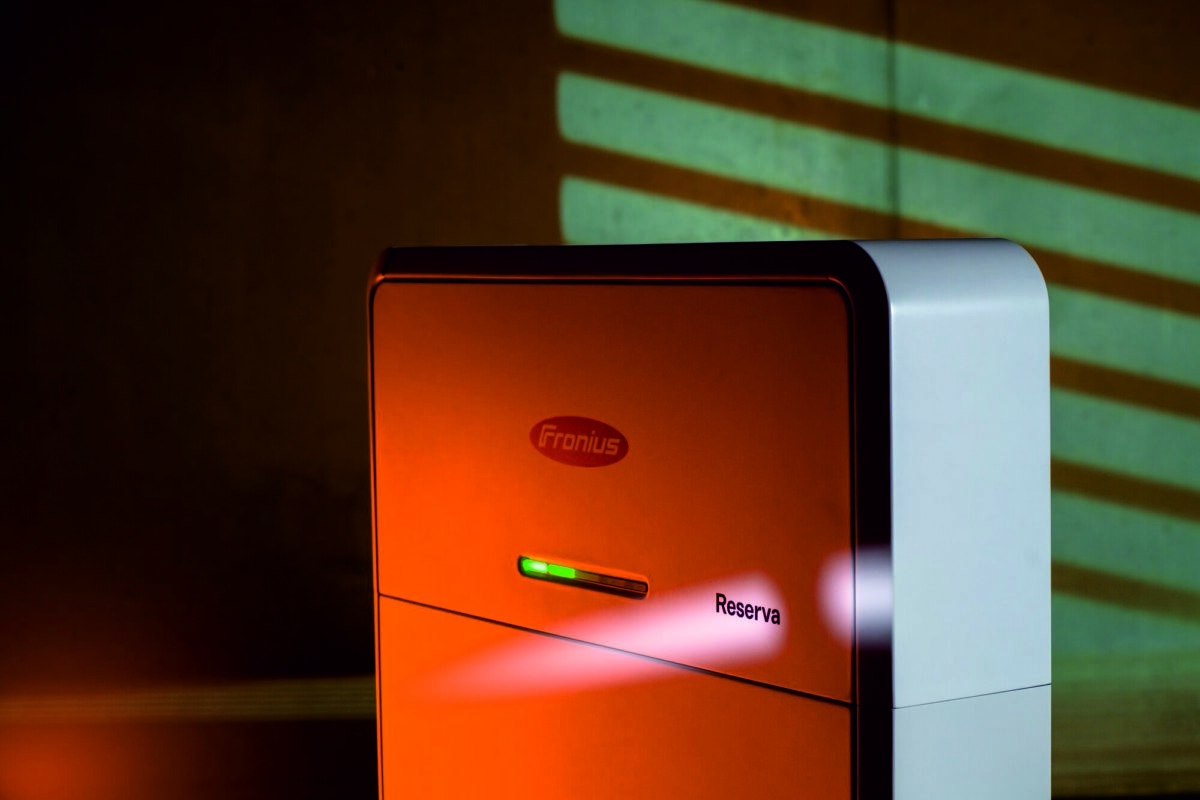From pv magazine 08/2021
While there have been signs of market consolidation in the residential storage segment in recent years, 120 new systems were added to the 2021 pv magazine residential battery storage market overview, many of which come from new suppliers. In addition, there are 74 systems that, according to the vendors, have been significantly revised or updated.
Altogether, 45 suppliers provided details for 408 systems in the 2021 survey. Two were wholesalers, while the others were system integrators and manufacturers. Some offer integrated systems, while others focus on inverters or battery modules for storage systems. An overview table of results was published in the June edition of pv magazine Deutschland (in German) and the full database is accessible via the German pv magazine website. It includes the technical details of system entries for more than 100 characteristics.
Key differences
There is a great deal of diversity in the products surveyed. Therefore, it is unsurprising that in a corresponding survey of 139 German installers, representing companies that together have installed around 27,500 home storage systems in the country, 60% believe there are major differences between brands.
Most relevant to the installer is their own experience with the quality of the systems. While in the past, many installers had to bear some costs themselves when suppliers updated products to fix errors, now 46% of the home storage products in our database allow automatic remote updates, relieving installers of responsibility for maintenance visits or retrofits. But that means 54% of the systems surveyed don’t yet have this labor-saving feature.
In the score of what installers find relevant, quality and warranty is directly followed by the point interfaces. The storage system database shows major differences between the systems. For example, 139 of the products allow the control of heating systems to boost self-consumption. Ninety-six of those can explicitly control heat pumps via an SG-Ready interface, while 129 products offer at least one other interface. SMA and Viessmann, for example, use EEBus, Sonnen relies on KNX. E3/DC, Enphase, Fenecon, ASD, and Fronius offer communication via Modbus, often with the Sunspec standard. Senec, RCT, Kostal and Growatt use switchable contacts. Only 51 products allow direct control of the power consumption of heat pumps, which allows a higher boost of self-consumption than using the SG-ready interface. The advantage of this, however, is reduced in bigger-dimensioned solar and storage systems.
Interfaces also play a role in one of the most important new trends that manufacturers and installers must respond to – electromobility. A survey conducted in a recent pv magazine webinar of approximately 500 installers found that in Germany, a large proportion of consumers already take electric cars into account when planning their solar+storage systems, even if they do not yet own one.
One of the triggers for the sudden rise in interest in charging solutions is a German EV charging subsidy program, the KfW scheme. A subsidy of up to €900 is provided for residential EV charging stations under the program, provided they charge the EV with renewable electricity. If the charging power can be controlled according to the availability of excess solar generation from a rooftop system, the proportion of solar energy used in the car and the PV system’s “self-consumption” rate can be increased. The sticking point for storage customers is the compatibility of the EV charger with different home energy management systems, as well as the interface for smart meters.
Controllable EV chargers
Many manufacturers have already responded to the demand for EV charging integration from consumers, according to the 2021 survey, as 151 of the 408 systems can be combined with EV chargers that can be controlled in a solar-optimized manner. Many allow communication with EV charging brands commonly used in Germany.

The Solarwatt battery, for example, is compatible with Keba and Webasto EV chargers. Others, such as those supplied by Fronius, use commercially available products like Go-e and adapt them to their system requirements. The Fronius system has as a special feature that can use variable electricity tariffs via Lumina, which is an in-house product, and Awattar. The electricity price for the consumer varies according to the price at the electricity exchange. If there isn’t sufficient solar power, the car charges from the grid, but only if the price of electricity is below an adjustable threshold. An app control can align EV charging with solar surpluses, with the variable electricity tariff or with the requirements for the next journey planned by the car owner.
Another feature to look out for in the controller is phase switching. In countries with a three-phase grid connection of households, like in Germany, three-phase EV chargers allow higher charging power but have the disadvantage that they do not permit charge with less than around 4 kW. To charge purely from excess PV power, not only during sunny days when PV generation is high, the automatic phase switching puts the charging power onto single phase. This allows it to be lowered to 1.38 kW.
Other suppliers are finding solutions that enable single-phase charging at higher power levels than the unbalanced load conditions of the grid connection allow. For example, the SMA EV Charger, which was launched last November, can also charge single-phase at 7.4 kW by combining grid and solar power.
The charging and discharging rates of residential batteries are also evolving. These rates are of increased importance due to the requirements of power-hungry loads such as EVs or heat pumps. Of the battery systems surveyed, the one with the smallest charging power is the ET Energies Tiny 3.5, with only 0.8 kW. The highest charging capacity is the Pacadu Container with three modules, which reaches 120 kW and is thus more likely to be intended for commercial applications. E3/DC is introducing a system to the German market with an output of 30 kW.
Looking across the survey results, about three-quarters of the systems are in the usual range between 2 kW and 10 kW. A little over half of the batteries in the survey have a capacity that can be expanded on a modular basis. The modules are generally small and range from 1.44 kWh to around 6 kWh. However, some companies also offer larger modules, such as myzun with modules at 9 kWh, the BYD Battery-Box Premium LVL with 15.4 kWh, or the Powertrust Crystaltower, with up to 22 kWh.
Price declines
Seven suppliers – namely, Energy Depot Swiss, ET Solar Power, Fenecon, myzun, neoom, Pro Regenerative Energien and Solarmax – provided information for public release on recommended retail prices, not including installation, to the market overview. Prices are not always directly comparable, as myzun, for example, prices only the batteries, while the all-in-one Sunsilo system also includes a hybrid inverter. Consequently, the range of functions offered by the batteries are different, complicating direct comparisons. Also, some systems offer emergency power or even full backup power, while other ones do not.
Twelve suppliers provided prices only on a confidential basis. In addition, the pv magazine Deutschland team conducted independent market research on prices. From all available data, as realistic a picture as possible was built, allowing the calculation of the “storage power cost” for various complete systems.
It is also somewhat difficult to deal with energy management systems in this context. For example, energy management is often included when a storage system is purchased. However, some PV systems without storage also provide energy management. Because of this, the cost of energy management systems has not been included in the storage cost calculation. And indeed, the cost of energy management systems can vary greatly, depending on the range of functions, from a simple energy meter through to sophisticated, self-learning systems.
To establish a better comparability of AC and DC systems, the cost of a hypothetical solar inverter has been subtracted for the cost calculation for the integrated DC-coupled systems and for systems including hybrid inverters.
The storage electricity costs calculated are the costs incurred for 1 kWh of electricity that is first stored, and then discharged in the way that the battery is operated in an optimal fashion. The stored electricity costs have been calculated relative to the warrantied lifetime of the system, assuming 300 cycles per year, which is already an optimistic assumption in self-consumption operations with a PV array for Germany, given the big differences between winter and summer irradiation in the country. In reality, acquisition costs often have to be distributed over fewer cycles and the real costs per kilowatt-hour stored and discharged are higher.
Most of the products in the survey, namely 78%, have a 10-year warranty. Only four manufacturers offer less than 10 years, while two offer 15 years. Six manufacturers guarantee less than 80% capacity at the end of the warranty period, while 30 adhere to the 80% standard and two even guarantee 100%. For 59% of products, manufacturers offer time value replacement in the event of a warranty claim. For 26% of the systems, 11 manufacturers even provide full replacement.
On average among our 186 price quotations, the cost of one kilowatt-hour of battery stored electricity came to €0.38/kWh – until the end of the warranty period and including VAT of 19%. This price represents a two cent decline compared with last year’s survey. The lowest cost came in at €0.17/kWh, which is two cents more than the 2020 survey.
Some manufacturers also guarantee the capacity of the batteries for a certain number of cycles. Calculating the energy turnover based on the guaranteed cycles often results in a lower price for the stored electricity. The lowest cost is then €0.09/kWh for a system guaranteed for 12,000 cycles.
A larger number of cycles becomes relevant when applications are planned that require more than one cycle per day – which is conceivable if the battery is to provide grid service functions. The German Energy Storage Systems Association (BVES), for example, would like to activate the 2.3 GWh of residential storage capacity in Germany and is trying to remove regulatory hurdles to make it easier for customers to access these energy markets.
So far, though, 66% of respondents to the pv magazine installer survey consider electricity services, cloud or community models to be less important or unimportant. But that could change quickly if BVES is successful. Thus, for customers and manufacturers, the ability to retrofit different capabilities and allow for an openness to future developments will remain an important issue.
This content is protected by copyright and may not be reused. If you want to cooperate with us and would like to reuse some of our content, please contact: editors@pv-magazine.com.



By submitting this form you agree to pv magazine using your data for the purposes of publishing your comment.
Your personal data will only be disclosed or otherwise transmitted to third parties for the purposes of spam filtering or if this is necessary for technical maintenance of the website. Any other transfer to third parties will not take place unless this is justified on the basis of applicable data protection regulations or if pv magazine is legally obliged to do so.
You may revoke this consent at any time with effect for the future, in which case your personal data will be deleted immediately. Otherwise, your data will be deleted if pv magazine has processed your request or the purpose of data storage is fulfilled.
Further information on data privacy can be found in our Data Protection Policy.